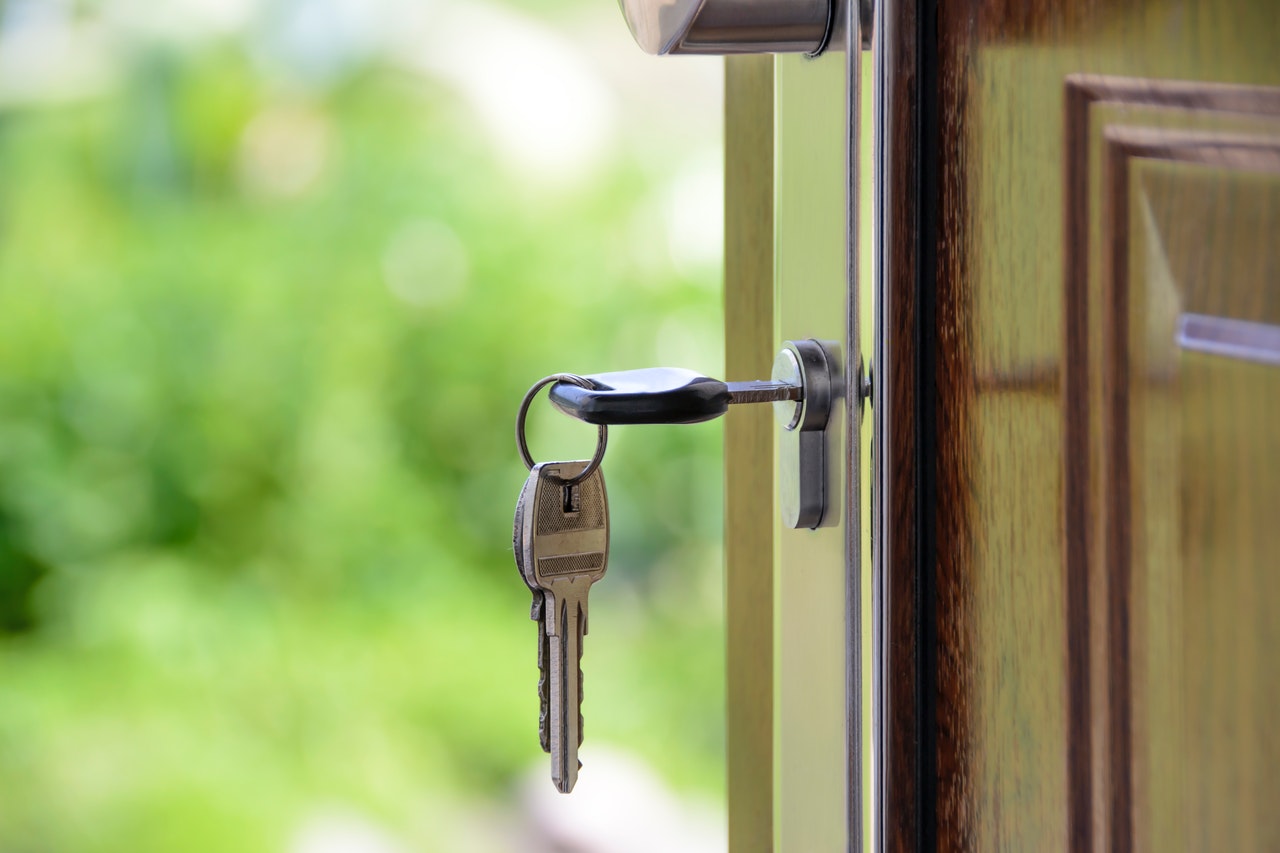You can’t have failed to notice that there’s a lot of residential development going on, particularly in the South East and in London. The government’s aim to build its way out of our current housing shortage is progressing apace, with a promise to deliver 300,000 homes a year by the mid-2020s. So, with more new-builds available than ever, should you buy one?
Whether you are a first-time buyer, an upgrader, downsizer or property investor, this is a question that everyone must consider. And while many buyers prefer to buy ‘second hand’, with an opportunity to renovate and add value to an existing property, a new home has the advantage of everything being, well, brand new, offering low-maintenance living from the very start.
According to recent figures, 11% of homes on the market in London are new-build builds, with the City of London having the largest proportion of new-build housing stock (28%), followed by Hackney and Tower Hamlets (23% respectively). “The delivery of London’s new build housing stock is largely focused on desirable areas that are considered up and coming and there are plenty of pockets in Hackney, Newham and other more centralised boroughs that provide a perfect opportunity for housebuilders to take advantage of this ongoing change,” says one industry expert.
At the top of the market, property buyers can choose from the latest exciting developments right across the capital, from uber-luxury residences in Mayfair, Knightsbridge, Holland Park, Canary Wharf, the South Bank and beyond.
Investing in a perfect home?
Buying a new-build understandably comes with the expectation that it should be in pristine condition. With the fresh paint barely dry, carpets that have never been walked on and cutting-edge appliances newly installed, you are literally the ‘virgin’ owner of your perfect home. Contemporary London homes are fully compliant with the latest building regulations, giving you the peace of mind of a safe and energy-efficient home. Who could ask for more?
Except that new-builds are hardly ever perfect. In fact, a staggering 98% of new homes have defects, according to latest reports. Snagging is commonplace, so much so that it is established practice to make a snagging list of all the little and not so little problems that need fixing. From a cracked tile in the bathroom to a crack in the outside wall, these things should of course be covered by your 10-year NHBC warranty. But getting the housebuilder to admit responsibility, never mind coming back to actually remedy the problem is all too an uphill battle.
An independent Chartered Building Surveyor is your best friend here. Get them to inspect the condition of the property before you commit to the purchase and use the survey findings as a negotiating tool to obtain a better deal.
What’s more, buying a property straight from a developer often comes with attractive additional perks that you simply wouldn’t get from the purchase of an older building. You may be able to negotiate upgrades for fixtures & fittings or built-in appliances, have carpets included in the price, or even get your stamp duty paid for.
If you’re a first-time buyer, you may also be able to benefit from schemes such as Help-to-Buy and Shared Ownership available for new homes that can help you get onto the London property ladder.
Deceptively spacious or living it small?
Houses in the UK are the smallest in Europe, that’s a fact. Interestingly, the UK also has the oldest housing stock in Europe, and probably the world. You can trace the size of the average British home since the 1930s here, with irrefutable data showing that today’s homes are the smallest yet, with only 67.8 square metres.
Whether you call them ‘bijou homes’ or ‘rabbit hutches’, new-build homes tend to be on the compact side, which directly affects plot sizes, room sizes, storage and outdoor space. It is no coincidence that the ability to fit a greater number of smaller units onto a plot has also had a very positive impact on housebuilder profits.
For London families looking for space to grow, a new-build home may not give you the best result. That said, if you are looking for a low maintenance property to complement your busy professional lifestyle, or your life stage affords you the opportunity to downsize or rightsize, a compact brand-new home in the capital may suit you perfectly.
No chain, no pain?
Research has shown that buying and selling a home is one of the most stressful life events, right up there with bankruptcy, divorce and the death of a loved one. It can be an intensely emotionally and financially draining process to be stuck in a property chain, not to mention the added risk and stress of being gazumped or gazundered, or someone changing their mind about selling.
One of the key advantages of a brand new home is that you are buying chain-free. Obviously, this relies on the property developer keeping his side of the bargain. If there are construction delays, it could be months before you’re able to move into your new home or until the new neighbourhood becomes habitable. Your best tactic is to find a good conveyancer to oversee the purchase and ensure that the contract is in your favour, your deposit is protected and there is a ‘long-stop’ completion date with compensation payments payable in case of undue delays.
According to figures from a new London development report, new home sales in the capital remained resilient in 2020 notwithstanding the pandemic. Zoopla reported that almost 30,000 homes were built in the UK in the fourth quarter of 2020, an increase of about 20,000 compared to the second quarter. The new-build market is clearly doing well.



 Bitcoin
Bitcoin  Ethereum
Ethereum  Tether
Tether  XRP
XRP  Solana
Solana  USDC
USDC  TRON
TRON  Lido Staked Ether
Lido Staked Ether  Cardano
Cardano  Avalanche
Avalanche  Toncoin
Toncoin